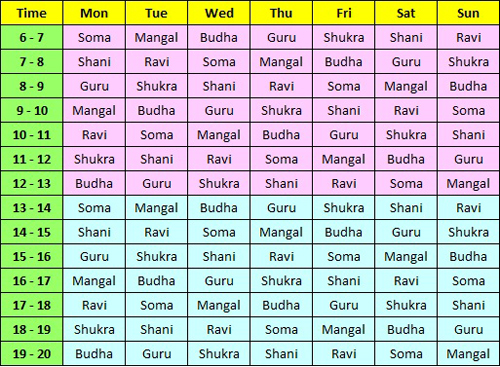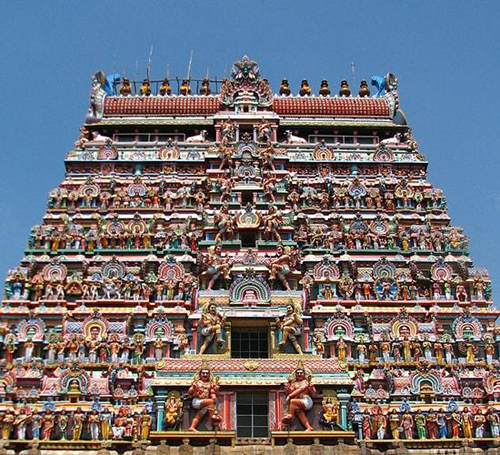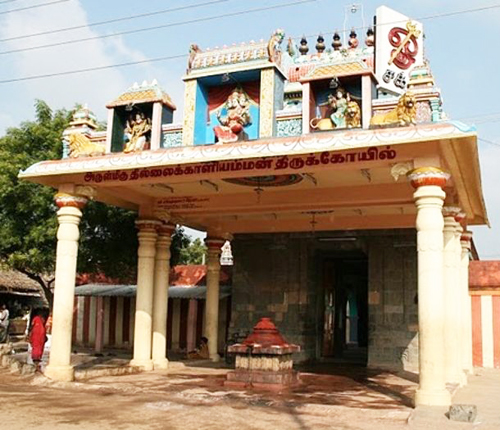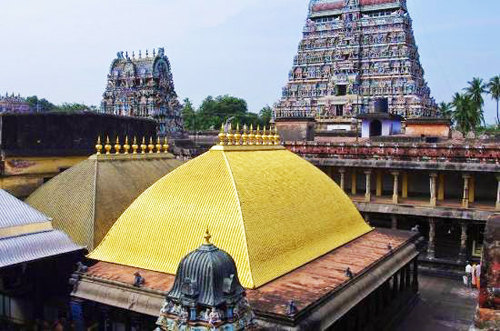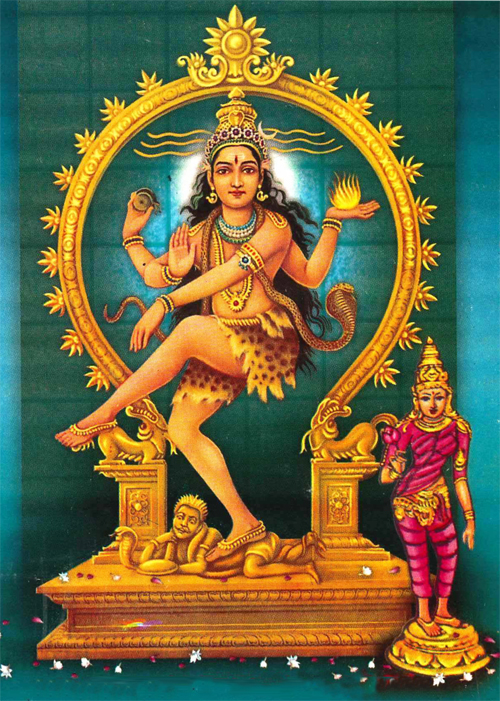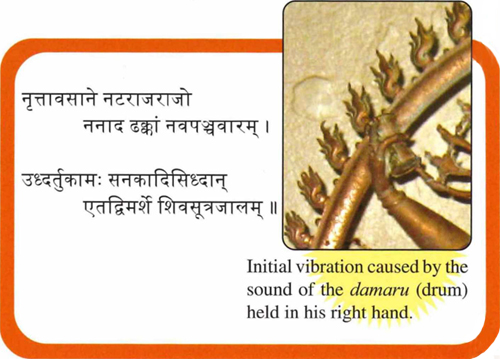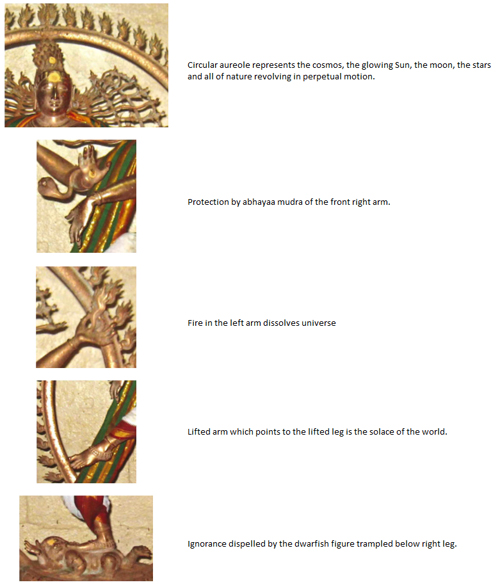Mannarshala Shree Nagaraja Temple is a very ancient
pilgrimage for the devotees of serpent gods. this temple is located about three
kilo-meters to the south east of the bus stand at Harippad in Alleppey district(Kerala).
This is the holy location sanctified by the residence of the great Brahmin
appointed by Parashurama for the pooja in Mannarshala Temple.
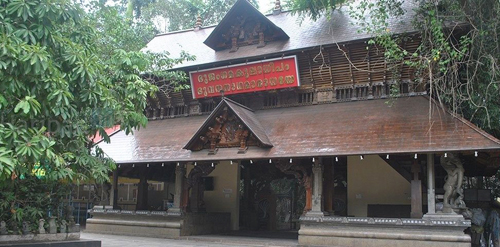
As
you enter the temple, we see rows of stone images of serpents on either side to
lead the devotees to the presence of their supreme god. We are led into the
temple courtyard and at that time a gentle breeze blows and the birds sing
pleasantly to provide us a divine experience.
As you walk along the sandy courtyard under the shade of ancient trees entangled
by many kinds of creepers and thick growth of cane where the serpents in large
numbers enjoy to sit without disturbance, the devotees in a dream of
unspeakable beauty, in a state of ecstasy,
would already have achieved half of their objective in coming there. The
great jungle is never a source of fear; it certainly increases our devotion.

First
the Sarpayakshi, and next to that the
Nagaraja stand facing east, creating a halo for the main deities,
drawing power every movement from the continuous offering of worship and ready to bless us with smiling
faces. In-front of the shrine of Sarpayakshi, we can see an Ilanji tree
surrounded by Serpent images. This very ancient tree is full of holes for
serpents to lie down undisturbed.
The
quiet shrines of Nagachamundi and Nagayakshi are to the south-west of the
temple. Sarpayakshi and Nagayakshi are the beloved consorts of Nagaraja.
Nagachamundi is his sister. Ngaraja is Ananta (Vishnu) and Sarparja is Vasuki
(Shiva).
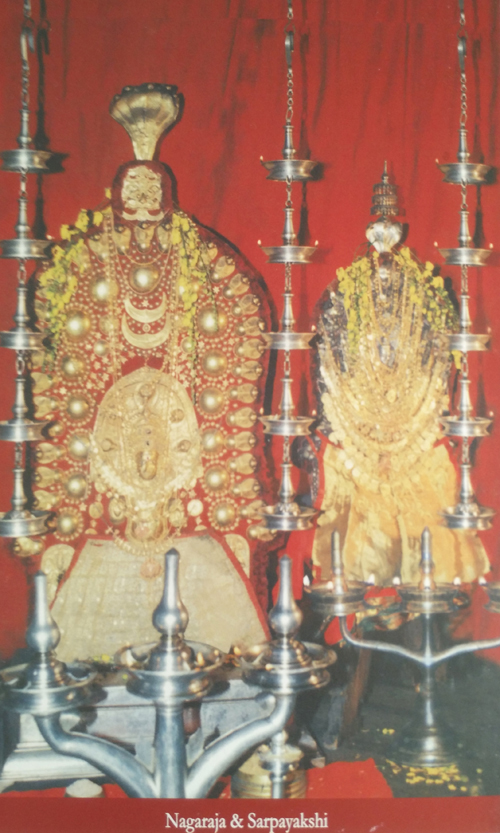
Offerings:
For wealth and prosperity
|
A pot filled with gold or a gold pot filled with other things.
|
For education, prosperity and fame
|
Silk, grains, divine ornaments.
|
For recovering health
|
Salt.
|
For protection from poison
|
Turmeric
|
For curing diseases
|
Pepper, mustard, green peas etc.
|
For protection from damage
|
Serpent cave made of gold etc., images of serpents eggs, tree etc.
|
For long life
|
Melted butter (ghee)
|
For getting whatever one wants
|
Milk, ripe kadali fruit, nilavara-payasam.
|
For having a child
|
A big vessel (uruli) made of brass, bronze etc. for performing Nurum
Palum.
|
Abhishekam
with coconut water, milk and rose water.
Alankaram
with sandal wood garlands, arecanut flower bunches.
Nivedyam
with ghee, appam, payasam, balls of molasses, kadali fruit etc.
Sarpabali
with Nurum Palum made out of turmeric powder and rice powder.

Valiamma:
The resplendent brightness of Valiamma
who has turned into a symbol of Naga deities through fasting and other
austerities has not dimmed in the least by now as a result of the performance
of rituals and poojas. Pilgrims cannot leave this place without seeing that
fascinating divine glow with their own eyes and feeling contented. The sight of
faith full devotees, who came here to seek the blessings of Nagaraja, waiting
for long to see the flicker of the eyes of the great mother, so serene and
compassionate and filled with blessings, continues even today.

Temple Worship:
Those who suffer from incurable diseases,
those possessed by fear as a result of the anger of Serpents and thereby find life unendurable
- all of them come here to stay and pray and go back with their wishes
fulfilled.

